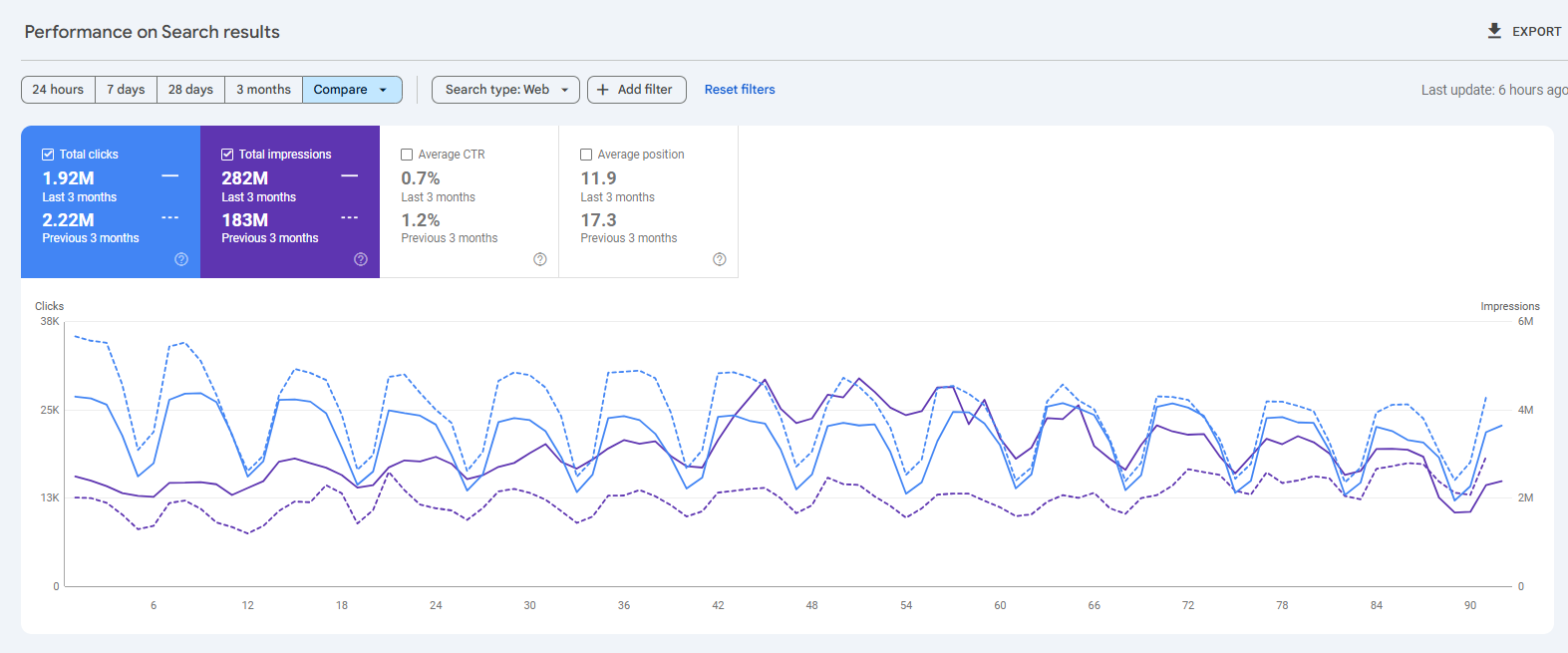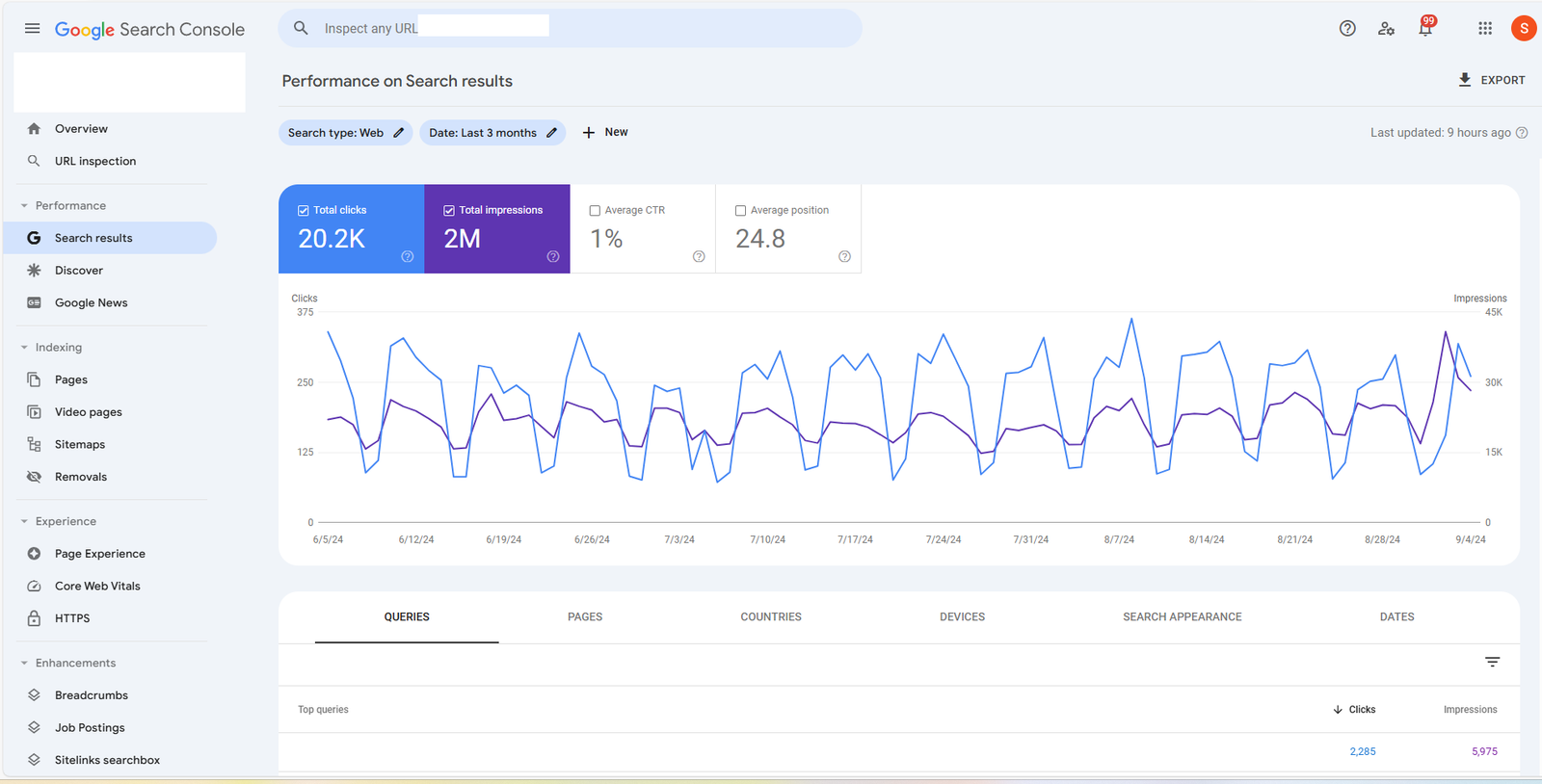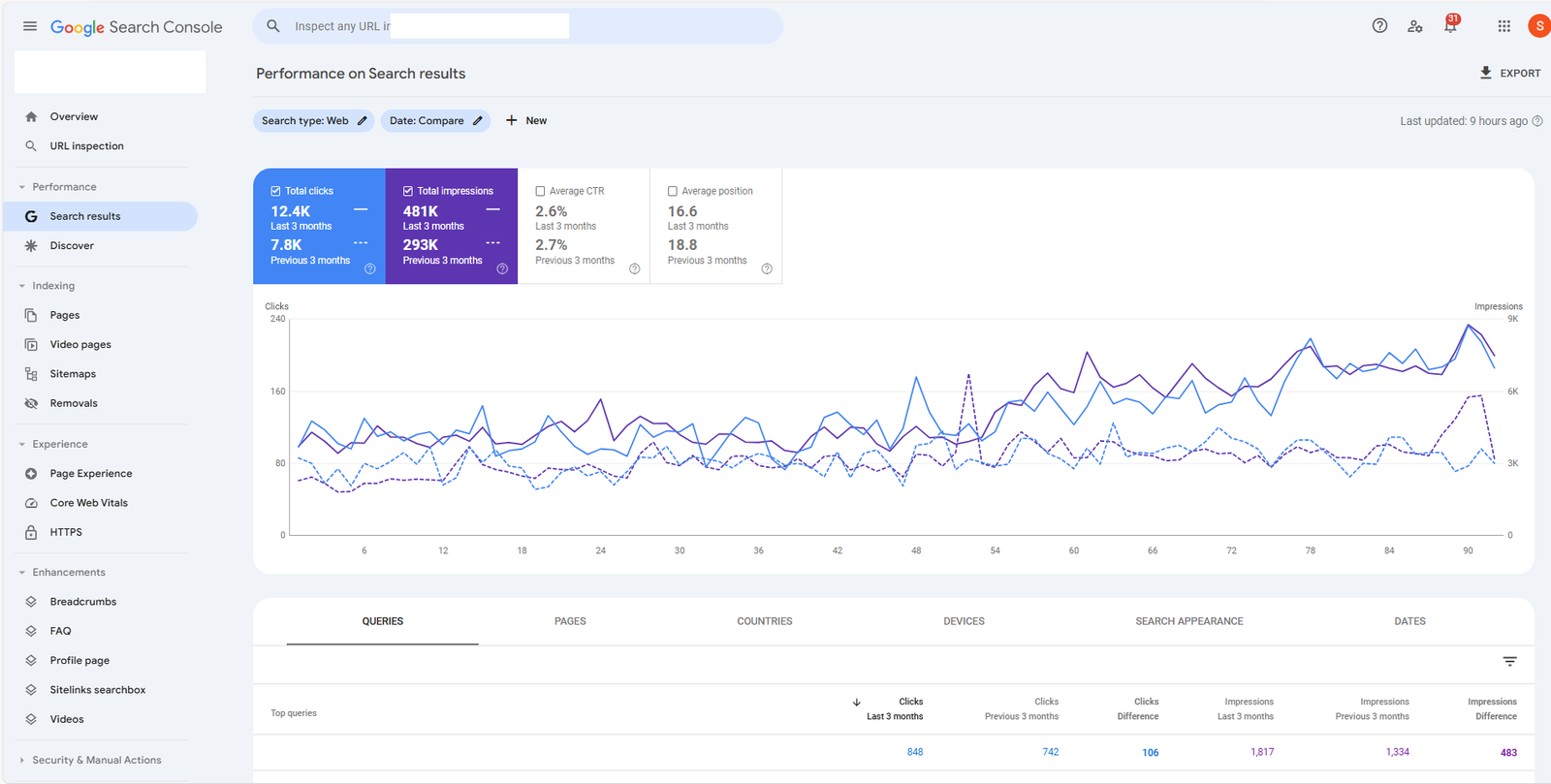Generative Engine Optimization
- Generative engine optimization boosts AI-driven search visibility, improving reach, credibility, and user engagement.
- GEO strategies combine keyword optimization, structured content, and brand authority for AI search dominance.
- Using generative engine optimization tools ensures measurable results and success across AI-powered platforms.
- Early adoption of GEO generative engine optimization services future-proofs digital presence in competitive markets.
In this post, understand what is generative engine optimization (GEO), GEO strategies, tools, and services for AI-driven search.
GEO is a short form for Generative Engine Optimization.
Over the last 20 years, Search Engine Optimization has been a key traffic and customer acquisition channel for businesses but now it is evolving beyond SEO into something new and SEO experts are calling it this new term Generative Engine Optimization.
Generative Engine Optimization (GEO) is the next phase of SEO where you optimize your brand and website specifically for AI-driven search engines such as ChatGPT, Gemini, Perplexity etc.
I have worked in SEO for over 14 years and I see a fundamental shift in behavior of users using traditional web search engines and that’s why GEO is becoming increasingly important for businesses.
In this post, I will introduce you to:
- The concept of GEO
- GEO vs SEO: Similarities and Differences
- Importance of GEO
- Strategies you can use to gain visibility across AI Engines
- How to measure the success of GEO activities
I have also written a post on best Generative Engine Optimization tools you can consider- you can check it out if you are interested.
What is GEO?
GEO or Generative Engine Optimization is a process by which you can optimize your website and brand to become more visible across AI search engines such as ChatGPT, Gemini, Perplexity, Microsoft Copilot etc.
When a user enters a search query, AI Engines are assimilating information from multiple sources and then presenting the information to the user. In many cases, this information will not contain links so users cannot click and visit your website.
With GEO, the content and pages on your website have to be optimized so that language learning models (LLM) can quickly scan your website, retrieve relevant information and present to the user while citing you as a source.
And all of this has to happen in a matter of seconds.
When AI search engines do mention your brand, this might lead to more direct traffic to your website and since AI has mentioned your brand, users will prefer your brand when making the purchasing decision.
For example, I asked a question to ChatGPT on which is a good AI article writer that takes care of SEO factors.
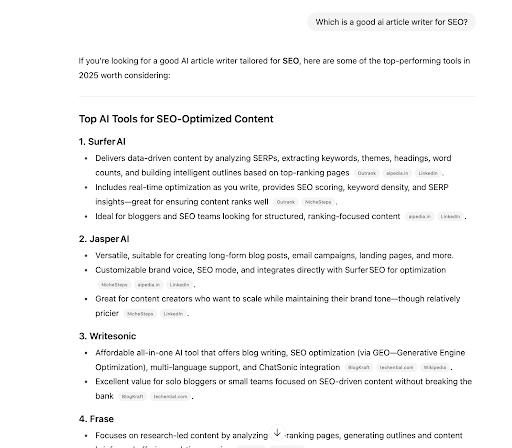
As you can see, Writesonic was mentioned in the third spot along with some key benefits such as affordability, multi-language support and GEO capabilities.
For a user who is specifically interested in SEO articles, this recommendation of Writesonic means the tool is visible and will be preferred.
GEO vs SEO: Fundamental Differences
You might be wondering if you were to compare GEO vs SEO is there any difference at all?
While on the surface GEO might sound similar to SEO, there are some fundamental differences.
Visibility vs Impressions
In GEO, the end objective is to get more visibility across AI Engines when users are searching for relevant queries.
When it comes to SEO, this can be considered on par with impressions, ie, how many times your web page was shown to users.
Prompts vs Keywords
In SEO terms, keywords are the queries that are entered in the search engines for finding websites that provide links. In GEO terms, input is in the form for prompts.
For example, a keyword for finding the best article writer is “best ai article writer”. When it comes to AI Engines, a relevant prompt could be, “which are some good AI article writers I can use for SEO”.
Keyword vs Prompt Strategy
Keywords are the building blocks of any SEO strategy and within keywords, there are many keyword variations such as primary, secondary, long tail keywords.
For GEO, there are only prompts and in most cases, prompts are usually like long tail keywords.
Content Quality
For ranking on SEO & GEO, Search Engines and AI Engines recommend high quality content which is easy to read, crawl & present the information in a visual manner. As of now for AI Engines, Google’s traditional principle such as E-E-A-T (experience, expertise, authoritativeness and trustworthiness) is not very often considered. You can see brand new websites that are ranking for highly competitive prompts.
Website Technical Optimization
GEO & SEO require your website to be technically optimized for helping Search Engine and AI Engine crawlers to retrieve information and present the information to the users’ query.
Analytics
For SEO, analytics forms a crucial part of your optimization strategy and there are tools available for helping optimize your content. Tools such as Google Analytics and Search Console help you understand how Google bots are presenting information to users.
For GEO, as of now, there are very few tools that can help you analyze this data. One such tool is Profound that can help you understand visibility of your brand on AI Engines.
Referring Domains or Authority
Backlinks are essential for ranking on Search Engines and on AI Engines, you need to build authority and get citations from multiple sources including UGC platforms such as Reddit or Quora.
Key Differences Between GEO and SEO
| Aspect | SEO (Search Engine Optimization) | GEO (Generative Engine Optimization) |
| Results Generation | Search engines create snippets and display links to relevant websites. | AI compiles information from multiple sources and presents responses with a few “citations.” |
| Response Generation | Optimizes for search engines that provide a list of links. | Optimizes for AI systems that synthesize and prioritize information into quick, comprehensive responses. |
| Content Relevance & Contextualization | Uses keywords and meta tags to improve rankings. | Ensures content is clear and contextually relevant for AI to generate accurate responses. |
| Information Synthesis | Focuses on ranking individual web pages. | Focuses on AI integrating and synthesizing content from multiple sources. |
| User Intent Understanding | Matches keywords with user queries to drive traffic. | Uses advanced AI to interpret and anticipate intent, delivering nuanced, precise responses. |
| Algorithm Adaptation | Adjusts to frequent updates in search engine algorithms. | Adapts to evolving AI capabilities, preferences, and methodologies. |
| Content Formatting | Optimizes for traditional search engine formats. | Structures content for AI readability, including NLP-friendly and structured data formats. |
| Research-Driven Strategy | Relies on keyword research and technical SEO analysis. | Involves analyzing AI-generated structures, topics, and citation patterns for strategy refinement. |
| Performance Tracking | Measures keyword rankings, search traffic, and organic metrics. | Tracks AI referral traffic, citation frequency, and response structures. |
Importance of GEO
In 2025, GEO is an important channel for customer acquisition for a variety of reasons.
One of the most important reasons being, the drop in organic traffic across different search engines.
Most companies have reported a drop of more than 30% in organic traffic and this means the traditional means of getting organic traffic to your website and then converting these into users are becoming increasingly difficult.
The rules of SEO which have been in place for organic marketing are changing and more than 70% of customers are now expected to do research on AI Engines before making a purchasing decision.
AI Engine results are still evolving and if your brand is not being mentioned for relevant queries, your competitors might be visible which sends potential customers away.
How Generative AI Engines Work
Explanation of AI-driven search
Generative engine optimization (GEO) is built around how AI-driven search engines like ChatGPT, Bing AI, and Perplexity process and deliver information. Unlike traditional search engines that return a list of blue links, generative AI engines create synthesized, conversational answers in real time.
This shift is changing how users consume information and is forcing businesses to rethink their digital marketing strategies. To remain visible in this environment, brands must adapt to generative engine optimization strategies that ensure their content is recognized and prioritized by AI platforms.
Role of large language models in GEO
Large language models (LLMs) power generative AI by analyzing massive datasets, identifying intent, and generating contextually accurate responses. In the context of geo generative engine optimization, these models determine which sources are most relevant, credible, and entity-rich to feature. GEO ensures that content is structured, semantically optimized, and aligned with AI algorithms so it has a higher chance of being cited or referenced in AI-generated answers.
Importance of contextual, entity-based optimization
Entity-based optimization is crucial for generative engine optimization services because AI platforms rely on entities—such as people, places, products, or concepts—to organize knowledge.
By incorporating clear, contextual references, statistics, and authoritative citations, content becomes more “machine-readable” for AI. This allows GEO strategies to improve brand visibility, strengthen credibility, and ensure accurate representation across multiple AI-driven platforms.
Strategies for GEO
Optimizing for generative AI requires a different approach than traditional SEO. Here are the most effective generative engine optimization strategies to help your brand succeed on AI-driven platforms.
1. Keyword & Semantic Optimization
Unlike basic keyword stuffing, generative engine optimization tools focus on conversational phrases, entities, and semantic connections. Long-tail queries like “what’s the best generative engine optimization strategy for AI?” perform well because they reflect how users ask questions on ChatGPT or Bing AI.
2. Content Quality & Credibility
AI engines prioritize accurate, trustworthy content. Adding statistics, citing reliable sources, and including expert opinions makes your content authoritative. High-quality content is central to generative engine optimization best practices 2025, helping AI systems select your brand as a credible source.
3. User Experience
Clarity, readability, and structure play a vital role in GEO. Short paragraphs, bullet points, and schema markup help AI engines extract and summarize information efficiently. A seamless experience ensures better visibility across generative engine optimization services.
4. Content Distribution
AI models don’t only crawl websites—they learn from platforms like Reddit, Quora, and LinkedIn. Distributing content across these ecosystems enhances brand signals and supports geo generative engine optimization by making your content more discoverable during AI training and response generation.
5. Brand Authority
Backlinks, consistent entity usage, and reputation management are essential for long-term GEO success. By aligning entity mentions across web pages, press releases, and social platforms, you strengthen trust and improve inclusion in AI-generated search results.
6. Technical Optimization
Even in GEO, technical SEO remains critical. Optimizing site speed, mobile responsiveness, schema markup, and fixing indexing issues ensures AI engines can efficiently crawl and interpret your content, improving overall discoverability.
Measuring Success on GEO
Traditional SEO metrics like keyword rankings and organic traffic still matter, but they no longer tell the full story in an AI-driven world. With generative engine optimization (GEO), success must be measured differently.
1. AI Visibility Metrics vs. Traditional SEO Metrics
Instead of focusing solely on search engine rankings, GEO emphasizes how often your content is cited or referenced in AI-generated responses. While traditional SEO tracks impressions and clicks, geo generative engine optimization evaluates AI visibility and entity recognition.
2. GEO Monitoring Tools
Several generative engine optimization tools are emerging to help track content performance on AI platforms. These include analytics dashboards, AI citation trackers, and semantic monitoring systems that reveal how frequently your brand appears in ChatGPT, Bing AI, or Perplexity outputs.
3. Key Performance Indicators (KPIs)
Important KPIs for generative engine optimization services include:
- AI-driven engagement rates
- Number of entity mentions across responses
- Frequency of citations in generative engines
- User dwell time on AI-cited content
4. Iteration & Continuous Refinement
Generative engine optimization strategies require ongoing refinement. As AI models evolve, regularly update your content, monitor entity performance, and test new approaches. This ensures your brand stays competitive and visible in the rapidly changing AI search ecosystem.
Conclusion: Why GEO is the Future of SEO
Generative engine optimization (GEO) is no longer optional—it’s becoming an essential pillar of modern digital marketing. As users increasingly rely on AI-driven platforms like ChatGPT, Bing AI, and Perplexity, traditional search traffic is shrinking. Businesses that fail to adapt risk losing visibility, credibility, and long-term growth opportunities.
GEO as an Essential Part of Digital Marketing
By optimizing content for AI search engines, brands can meet users where they’re searching today. GEO ensures that your business is not just visible, but also trusted and recognized in AI-generated responses.
Future-Proofing Brand Visibility
Investing in geo generative engine optimization services future-proofs your brand against declining traditional search volumes. With the right generative engine optimization strategies, your content stays competitive across multiple AI-driven platforms.
GEO + SEO Working Together
GEO doesn’t replace SEO—it enhances it. While SEO ensures your site performs well on Google, generative engine optimization tools and strategies position you for success on the next generation of AI search. Together, they create a holistic strategy that maximizes both reach and authority.
The takeaway? Businesses that embrace GEO today will lead tomorrow’s digital marketing landscape.
Frequently Asked Questions about Generative Engine Optimization
How does Generative Engine Optimization affect brand visibility?
GEO boosts brand mentions in AI search responses, improving authority and trust.
Can GEO replace traditional SEO completely?
No, GEO complements SEO. Both are needed to maximize visibility across web and AI search.
What types of businesses benefit most from GEO?
SaaS, eCommerce, publishers, and B2B brands gain the most from GEO strategies.
Are backlinks still relevant for GEO optimization?
Yes, but citations and authority on AI-friendly platforms like Quora and Reddit matter more.
What tools can help track GEO performance?
Tools like Profound provide insights into AI engine visibility and brand mentions.
![Generative Engine Optimization (GEO): What Works & What Doesn’t [2025]](https://seobff.ai/wp-content/uploads/2025/10/generative-engine-optimization.png)

![Generative Engine Optimization (GEO): What Works & What Doesn’t [2025]](https://seobff.ai/wp-content/uploads/2025/10/seo-bff-rhs-banner.png)
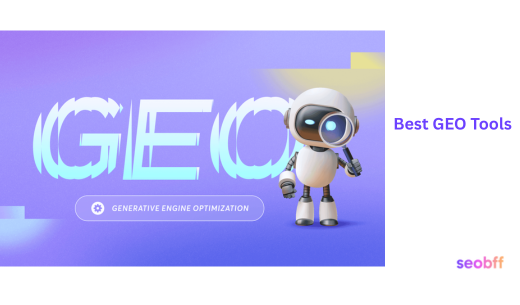
![Best Enterprise SEO Tools in 2025 [Personally Tested]](https://seobff.ai/wp-content/uploads/2025/10/Enterprise-SEO-Tools-Free-Paid.jpg)

